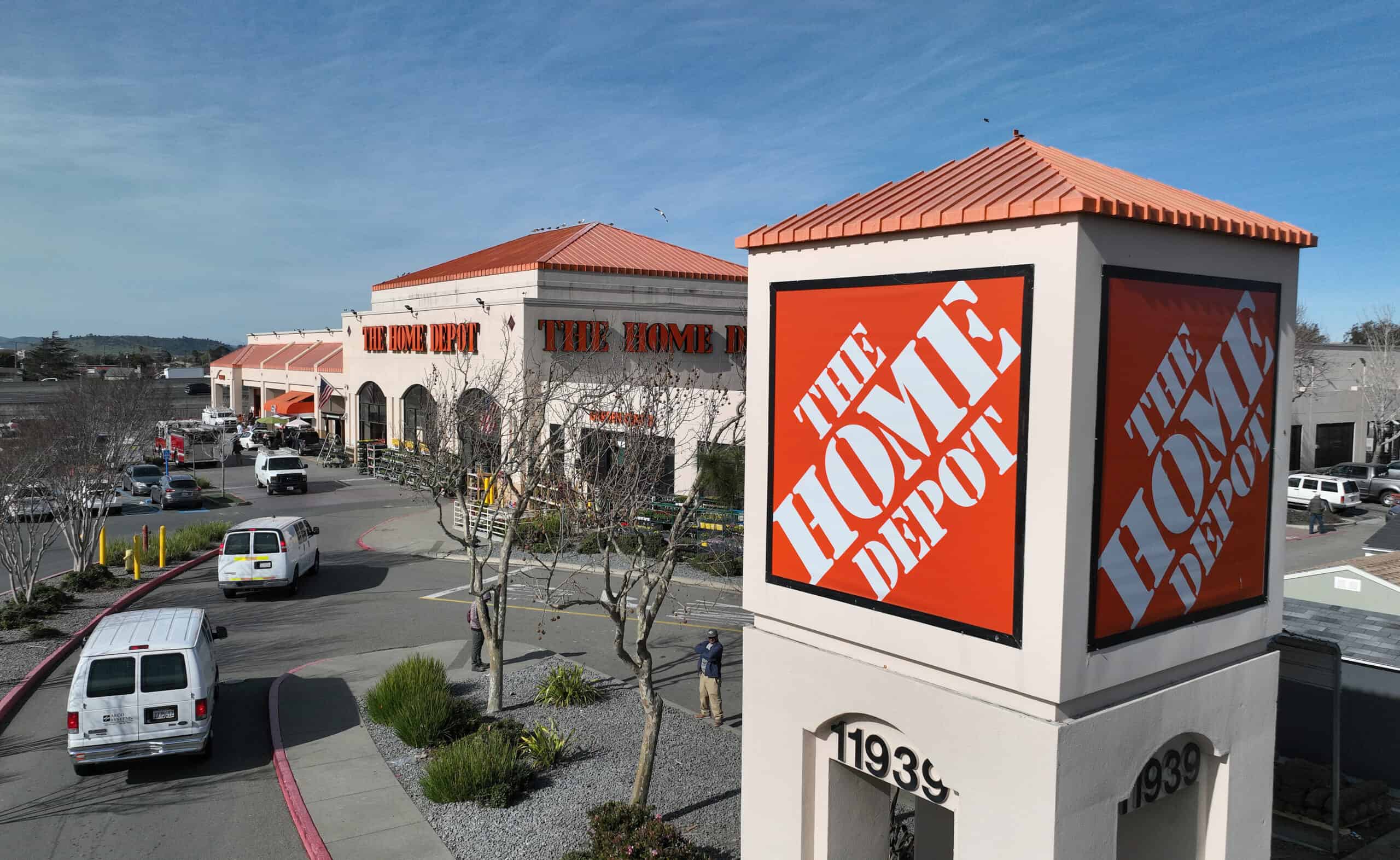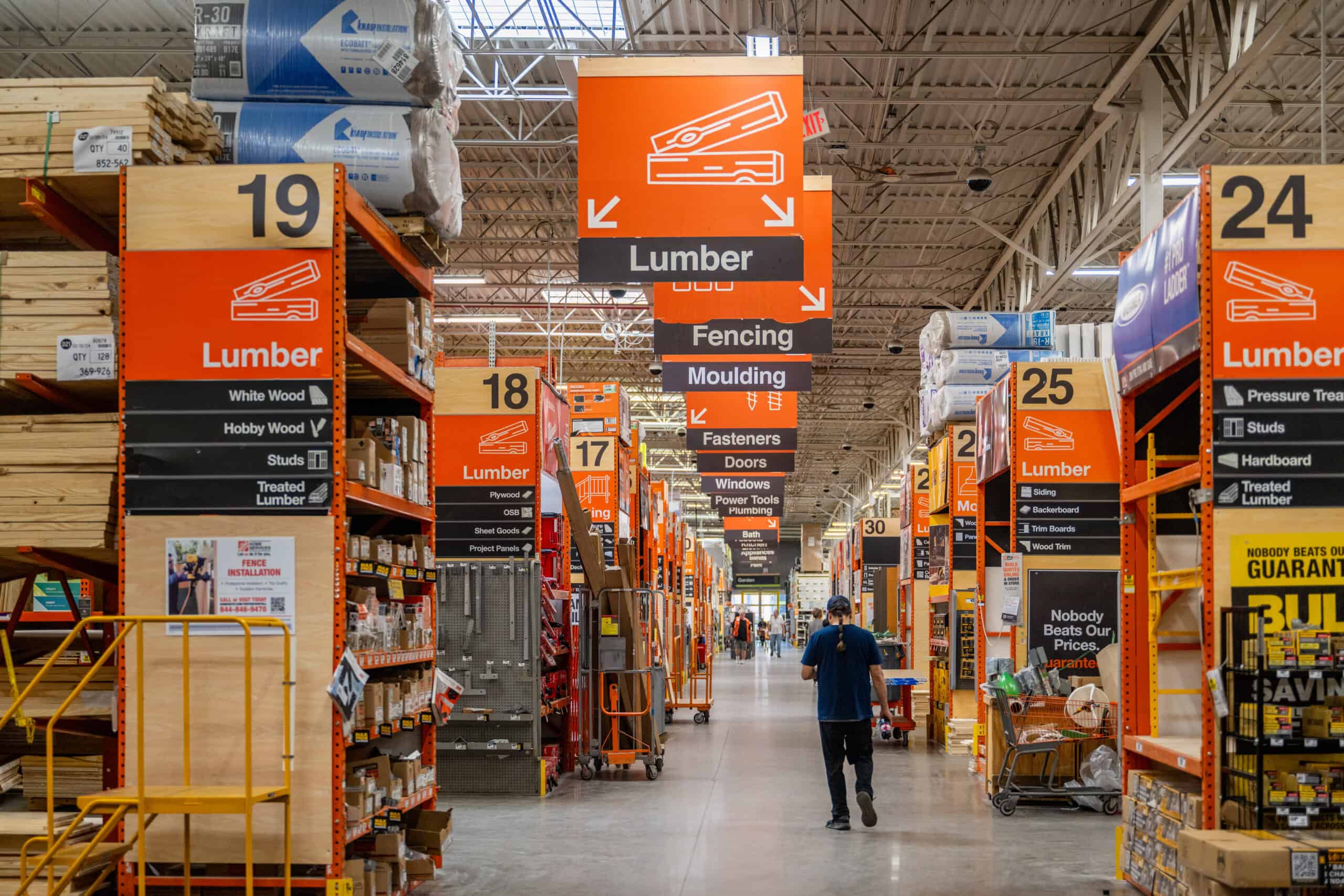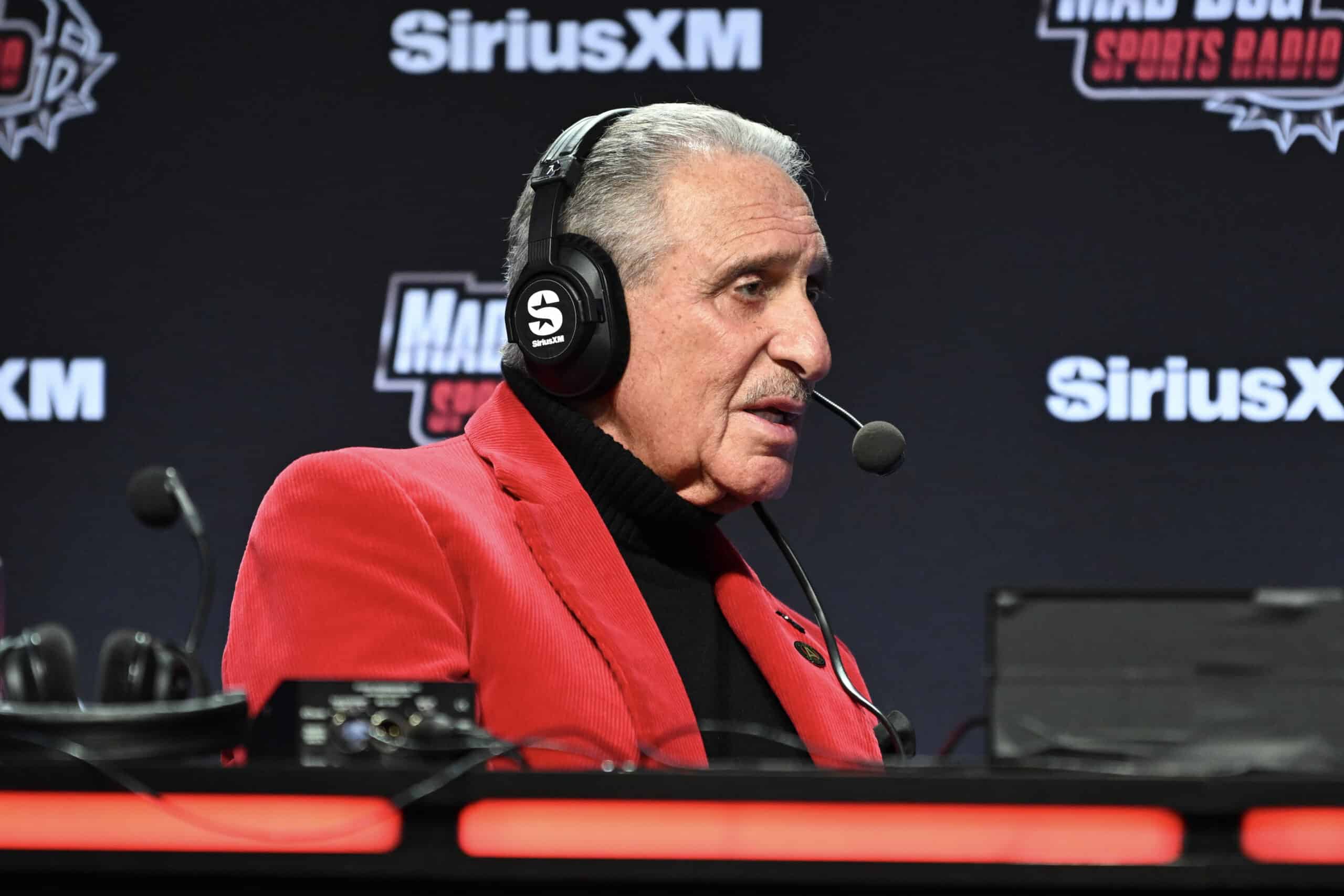Investing
Home Depot (HD) Stock Price Prediction in 2030: Bull, Base and Bear Forecasts

Published:

Founded by the iconic entrepreneur Arthur Blank, The Home Depot, Inc. (NYSE: HD) has grown to become the largest retailer in the home improvement sector. The company has experienced significant expansion over the last decade. As we look at February 2024, Home Depot’s market capitalization is impressive, topping $360 billion, with its presence spanning over 2,300 locations across North America. Moreover, it continues to thrive financially, boasting a return on equity that soared to 1,450% in Q4 2023, a jump from 1,095.07% in Q4 2022. Let’s delve into some of the latest financial figures:
| Revenue (TTM): | $152.7 billion |
| Net Income (TTM): | $15.1 billion |
| EPS (TTM): | $15.1 |
| P/E Ratio: | 24.01 |
| Dividend Yield: | 2.30% |
Keeping these robust fundamentals in perspective, here’s a glimpse into potential scenarios for Home Depot’s stock price by the year 2030.

In this more optimistic vision, we could see Home Depot’s stock price moving beyond the $500 mark by 2030, marking an impressive gain of more than 35% from its current standing. In this scenario banks on Home Depot continue to dominate the market while having strong double-digit growth in earnings each year.
Expectations include earnings growing by an average of 12% annually until 2030. Operating margins are also predicted to improve by 140 basis points, reaching 15% by the decade’s end, driven by increased sales and continued cost efficiency. These factors would contribute to a sharp incline in profits, with return on equity projected to rise from 1,450% to 1,750% by 2030.
Home Depot’s strong market position is expected to further enhance its valuation over time. The company’s extensive distribution capabilities offer it a significant edge over competitors, making it the primary choice for consumers’ home renovation needs in North America. This could lead investors to assign a higher premium to Home Depot’s stock, with the P/E ratio potentially escalating to 30x earnings, significantly above the current 24x.
Additionally, Home Depot’s solid cash flow is anticipated to support continuous dividend growth alongside further investments. This could see the dividend yield gently increase to about 3% by 2030. A combination of compelling shareholder returns and a robust growth story is likely to drive significant valuation expansion.
In a scenario marked by widespread economic growth, Home Depot is set to enhance its conversion of revenue to free cash flow. The company is expected to expand both its physical and online presence, strengthening customer loyalty and capturing a greater share of the market. With seasoned leaders at the helm, Home Depot aims to leverage its scale to further solidify its competitive advantage across both brick-and-mortar and digital platforms, ensuring its continued market leadership and sustained performance.

The base case scenario paints a picture of Home Depot’s stock price reaching $420 by 2030, translating to a solid 16% return from its current level. This outlook hinges on moderate growth in both the company’s top and bottom lines amidst steady economic conditions.
Revenue growth for Home Depot is expected to stabilize at 6% annually as the housing market’s growth returns to normal following an extraordinary surge post-pandemic. Nonetheless, margins are anticipated to improve slightly, with the operating margin hitting 13% by 2030, thanks to Home Depot’s operational efficiencies. Along with ongoing share repurchases, this is projected to result in an annual earnings growth of around 7% through the decade’s end.
Home Depot is likely to maintain its average P/E ratio at about 25x over the next six years. Despite facing competition from online giants like Amazon.com Inc. (NASDAQ: AMZN) and Wayfair Inc. (NYSE: W), Home Depot’s extensive physical presence and supply chain capabilities should enable it to hold its ground in the market. Although growth may not be as rapid as in recent years, the company is expected to continue achieving steady mid-single-digit comp sales growth.
The dividend payout ratio is projected to remain constant at 50%, with management focusing on rewarding shareholders. Supported by strong cash flow, dividends are set to rise in tandem with earnings. By 2030, Home Depot is poised to solidify its status as the premier home improvement retailer in North America, benefiting from long-term trends such as the need to update the aging housing stock.

In a less favorable turn of events, we might see Home Depot’s share value dip to $250 by the year 2030, amid economic headwinds and downturns in the housing market. This bearish outlook is driven by extended periods of reduced consumer spending and a slowdown in construction activities, which would inevitably impact the company’s financial health.
In such a scenario, Home Depot would see its yearly revenue decrease by 2% as consumers scale back on major home improvement projects. Despite the company’s efforts to mitigate these declines through cost-cutting measures, a dwindling scale would lead to a squeeze on margins. Operating margins, currently close to 12%, are projected to drop to 10% by the end of the decade. This reduction in scale, coupled with unfavorable operating leverage, would likely result in a 5% annual decline in net earnings through 2030.
The company’s growth prospects could also be diminished, leading to a contraction in Home Depot’s valuation multiple. The P/E ratio is anticipated to decrease from its current 24x to 18x by 2030. Furthermore, a greater portion of earnings might need to be allocated towards maintaining dividends as profitability wanes, pushing the payout ratio above 70% and constraining funds available for growth ventures or repurchases.
Despite these challenges, Home Depot is expected to maintain its dominant position in the industry, thanks to its strong brand and extensive store network. However, ongoing weaknesses in the housing market and a cultural shift towards anti-consumption could severely impact its financial performance. Additionally, the threat of rising interest rates looms large, with potential aggressive hikes by the Federal Reserve to combat inflation posing a risk to the housing sector.
Adding to the uncertainty, the prospect of a looming recession and increasing mortgage rates could slow down housing turnover, potentially dampening demand from DIY enthusiasts and professional contractors alike. Moreover, competition from rivals like Lowe’s Companies, Inc. (NYSE: LOW), with its strategic focus on professional customers, might allow it to capture a larger share of the commercial market.

Home Depot’s significant competitive advantage and solid standing in the market lay a strong groundwork for future growth. Nonetheless, the company’s fortunes are closely tied to the ebb and flow of economic cycles and external factors such as interest rates and oil prices.
In an environment supported by robust labor markets and an active housing sector, Home Depot could see annualized returns surpass 15% leading up to 2030. Conversely, extended periods of economic or housing market downturns could lead to slight annual decreases in value. The most probable scenario suggests a mid-single-digit annual growth rate, aligning with typical market expansion trends.
Looking ahead to the next six years, projections for Home Depot’s stock price range from a low of $250 in the bear case to a high of $500 in the bullish scenario. As a key player in the housing sector, Home Depot possesses attractive qualities but also faces considerable macroeconomic uncertainties over extended timeframes. As 2030 approaches, the company’s capacity to harness its competitive advantages while navigating through various business cycles will be crucial in determining its investment appeal. Thorough analysis is paramount for investors and traders alike before making any investment decisions, particularly when it comes to forecasting Home Depot’s stock price trajectory, where market dynamics and company performance can significantly sway outcomes.
About the author: Amit Nar is a Babson College graduate with a concentration in entrepreneurship and economics, currently leveraging his expertise as a professional trader. He can be followed on X @alphaintelligence and on discord.
Start by taking a quick retirement quiz from SmartAsset that will match you with up to 3 financial advisors that serve your area and beyond in 5 minutes, or less.
Each advisor has been vetted by SmartAsset and is held to a fiduciary standard to act in your best interests.
Here’s how it works:
1. Answer SmartAsset advisor match quiz
2. Review your pre-screened matches at your leisure. Check out the advisors’ profiles.
3. Speak with advisors at no cost to you. Have an introductory call on the phone or introduction in person and choose whom to work with in the future
Thank you for reading! Have some feedback for us?
Contact the 24/7 Wall St. editorial team.